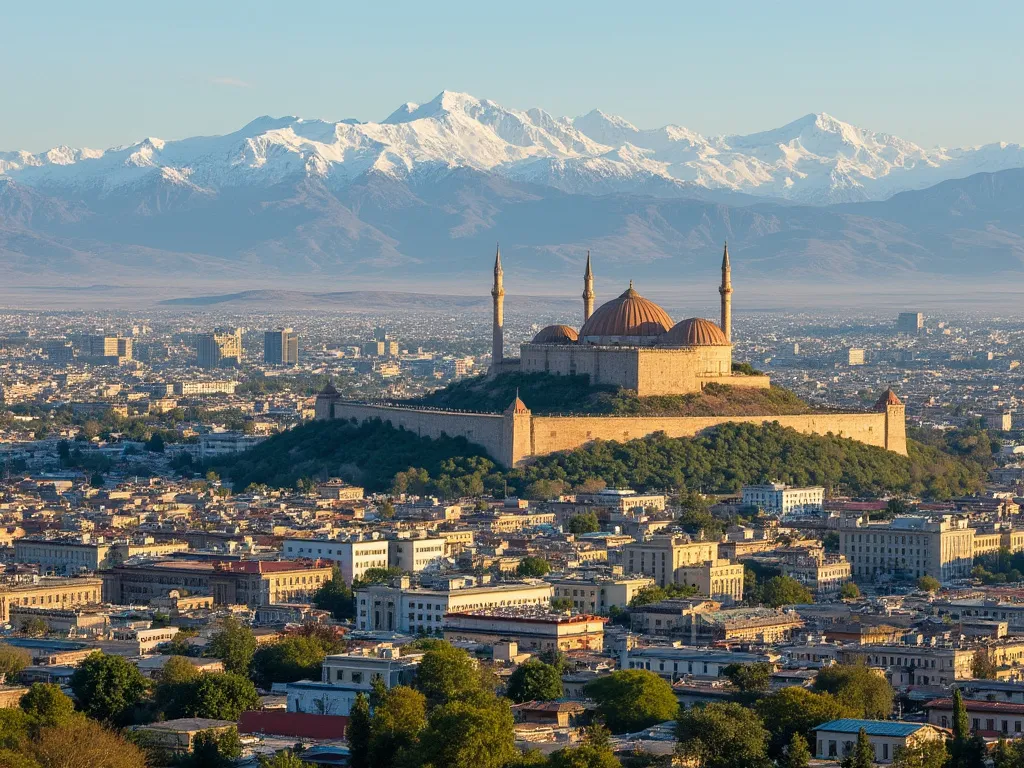
Dushanbe, the capital city of Tajikistan, is a vibrant and historic city located in the heart of Central Asia. With a rich cultural heritage and stunning natural beauty, Dushanbe is a must-visit destination for travelers and adventure seekers.
Information about Dushanbe
| Country | 🇹🇯 Tajikistan |
| Population | 863,000 (2020 estimate) |
| Coordinates | 38.5403° N, 68.7873° E |
| Area | 100 square miles (260 square kilometers) |
| Climate | Humid continental climate, with hot summers and cold winters |
| Language | Tajik (official), Russian, Uzbek |
| Currency | Somoni (TJS) |
| Time zone | UTC+5 (Tajikistan Time) |
| Proximity to other major cities | 350 miles (563 kilometers) southeast of Samarkand, Uzbekistan; 400 miles (644 kilometers) northwest of Kabul, Afghanistan |
Historical Background of Dushanbe
Dushanbe has a long and storied history, dating back to the 17th century when it was a small village on the Silk Road. The city's strategic location made it an important center for trade and commerce, and it was eventually absorbed into the Russian Empire in the late 19th century. After the Russian Revolution, Dushanbe became the capital of the Tajik Soviet Socialist Republic and underwent significant modernization and development. Today, Dushanbe is a thriving city with a rich cultural heritage and a strong sense of national identity.
Geographical Location of Dushanbe
Dushanbe is situated in the Gissar Valley, surrounded by the Pamir Mountains to the east and the Gissar Range to the west. The city is located at an altitude of 2,500 feet (760 meters) above sea level and has a humid continental climate, with hot summers and cold winters. The city's geographical location makes it prone to earthquakes and other natural disasters, but it is also home to some of the most stunning natural beauty in Central Asia.
Cultural Significance of Dushanbe
Dushanbe is a city with a rich cultural heritage, reflecting the country's history, traditions, and values. The city is home to numerous museums, galleries, and cultural institutions, including the National Museum of Tajikistan, the Museum of Fine Arts, and the Tajik State Philharmonic. Dushanbe is also known for its vibrant traditional music and dance, as well as its delicious cuisine, which reflects the country's Central Asian and Persian influences.
Economic Importance of Dushanbe
Dushanbe is the economic hub of Tajikistan, with a diverse range of industries, including textiles, food processing, and construction. The city is also an important center for trade and commerce, with a number of major markets and bazaars, including the Shahmansur Market and the Green Market. Dushanbe is also home to a number of international organizations and NGOs, including the United Nations and the World Bank.
Interesting Facts About Dushanbe
- Dushanbe is home to the world's second-tallest flagpole, standing at 541 feet (165 meters) tall.
- The city's name, Dushanbe, means "Monday" in Tajik, reflecting the city's origins as a weekly market town.
- Dushanbe is home to a number of historic landmarks, including the Hissar Fortress and the Mosque of Haji Yaqub.
Tourist Attractions in Dushanbe
- The National Museum of Tajikistan, which features a collection of artifacts and exhibits on the country's history and culture.
- The Hissar Fortress, a historic fortress that dates back to the 18th century.
- The Mosque of Haji Yaqub, a beautiful mosque that reflects the country's Islamic heritage.
- The Rudaki Park, a beautiful park that features a number of monuments and statues, including a statue of the famous Tajik poet, Rudaki.
Conclusion on Dushanbe
In conclusion, Dushanbe is a vibrant and historic city that offers a unique blend of culture, history, and natural beauty. From its stunning mountain scenery to its rich cultural heritage, Dushanbe is a must-visit destination for travelers and adventure seekers.
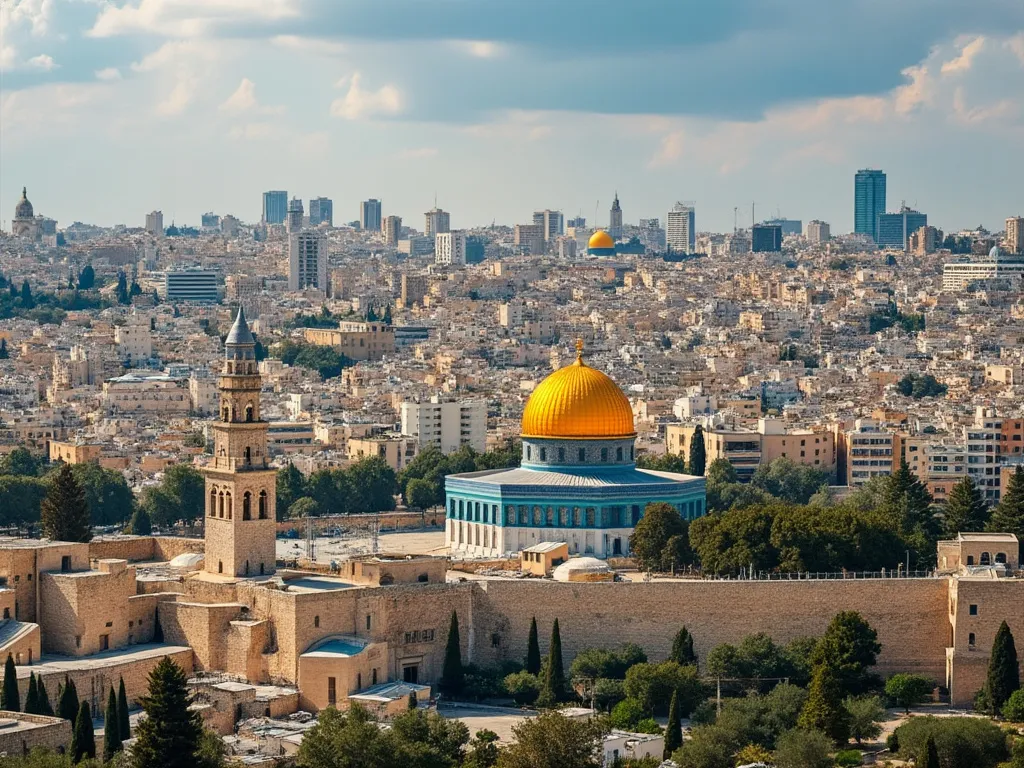 East Jerusalem
East Jerusalem
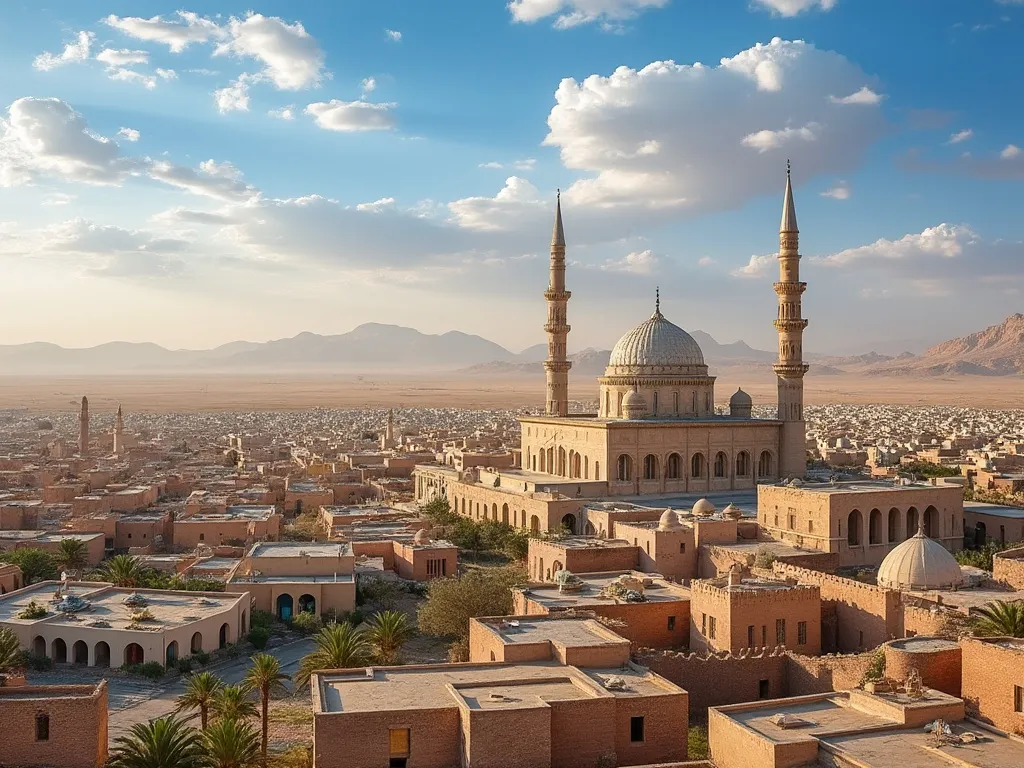 Laayoune
Laayoune
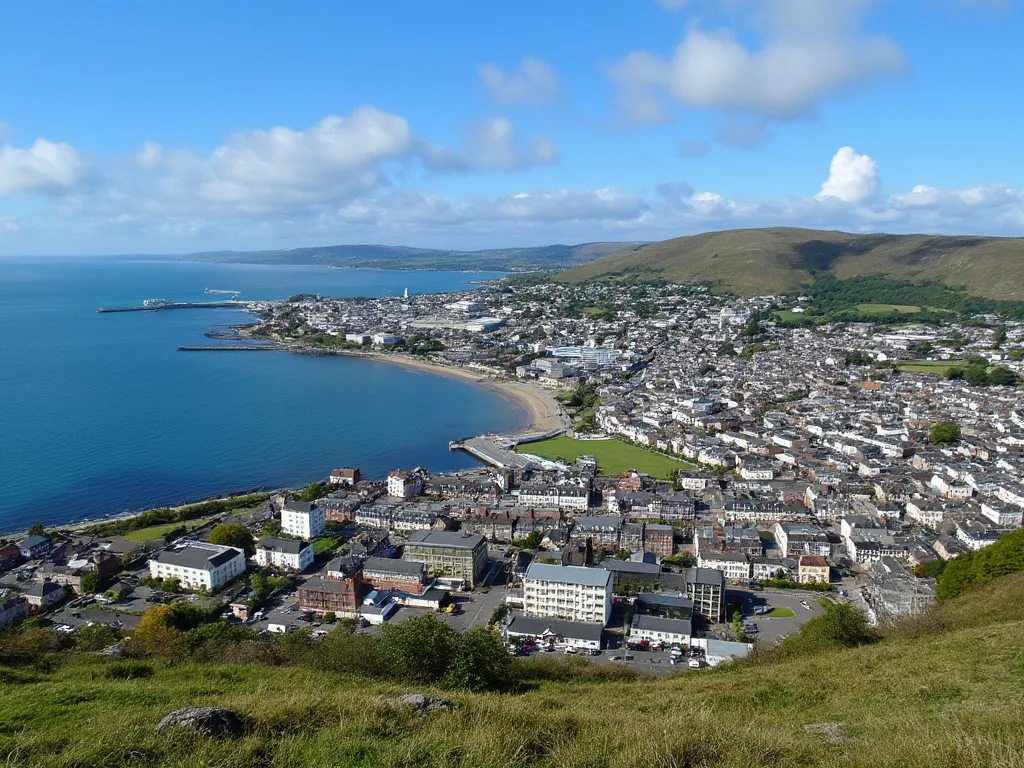 Douglas
Douglas
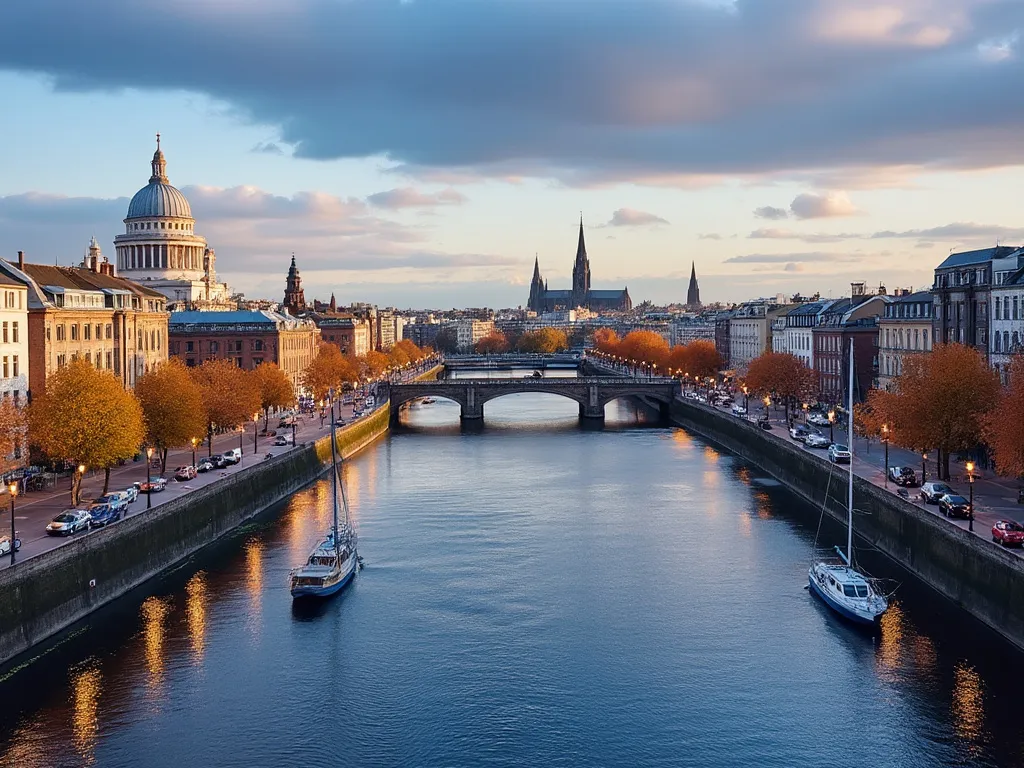 Dublin
Dublin